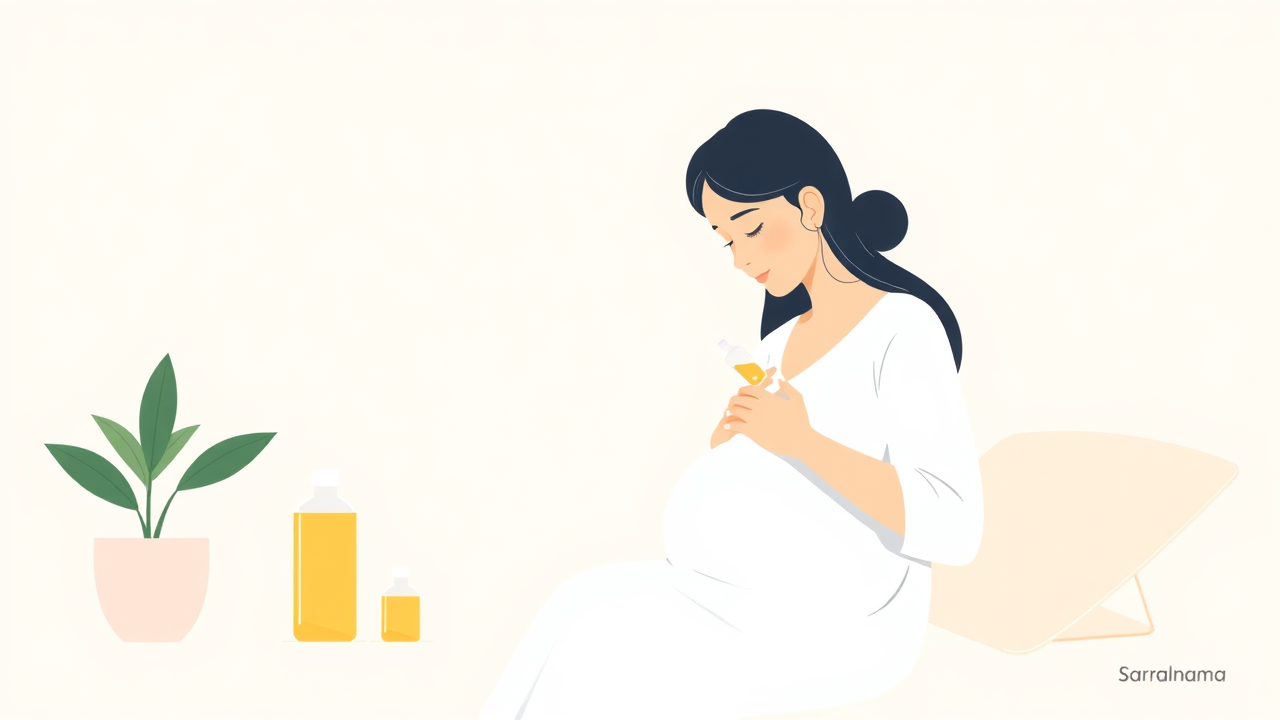Fashion designer Masaba Gupta recently shared her postpartum experience 13 months after giving birth to her daughter Matara. She revealed on Instagram Stories that her body is still adjusting to hormonal changes, noting her homoeopath mentioned an 18-month timeline for hormones to stabilize. Gupta credited castor oil tummy patches for reducing bloating and boosting her morning energy levels. She also alternates with cold-pressed almond oil for deeper skin hydration and expressed interest in trying ghee next. Her candid post highlights the ongoing physical adjustments many new mothers face well beyond the initial postpartum period. Medical experts note that while such traditional oil applications on the navel are common home remedies, their primary benefit lies in the ritual of self-care and gentle massage rather than direct nutrient absorption. These practices can complement but should not replace essential postpartum care routines.

Medical Perspective on Oil Application for Postpartum Recovery
Dr Shruti Chandak, consultant obstetrician and gynaecologist at Wockhardt Hospitals, Mumbai Central, explained that postpartum journeys are complex. Applying oils like castor, almond, or ghee on the navel is a traditional household practice aimed at providing warmth, relaxation, and easing dryness. While the navel itself does not absorb nutrients, the massage and warmth can help the abdominal area feel calmer and supported. The main benefits come from the ritual itself—gentle massage, slower breathing, and warmth may ease abdominal tightness and help women reconnect with their bodies during recovery. These methods can safely complement postpartum care when expectations remain realistic, but should not replace hydration, proper nutrition, rest, and gradual strength-building essential for true recovery.
Source: Link
